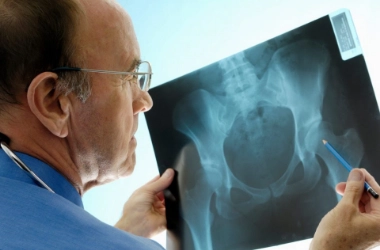Physiotherapist
Physiotherapy is designed to understand and address your body’s needs. It is a specialized healthcare approach designed to restore movement, improve functionality, and aid in recovery from injuries, disabilities, or illnesses. By employing techniques like targeted exercises, manual therapies, and patient education, physiotherapy effectively addresses a wide variety of different physical conditions.









